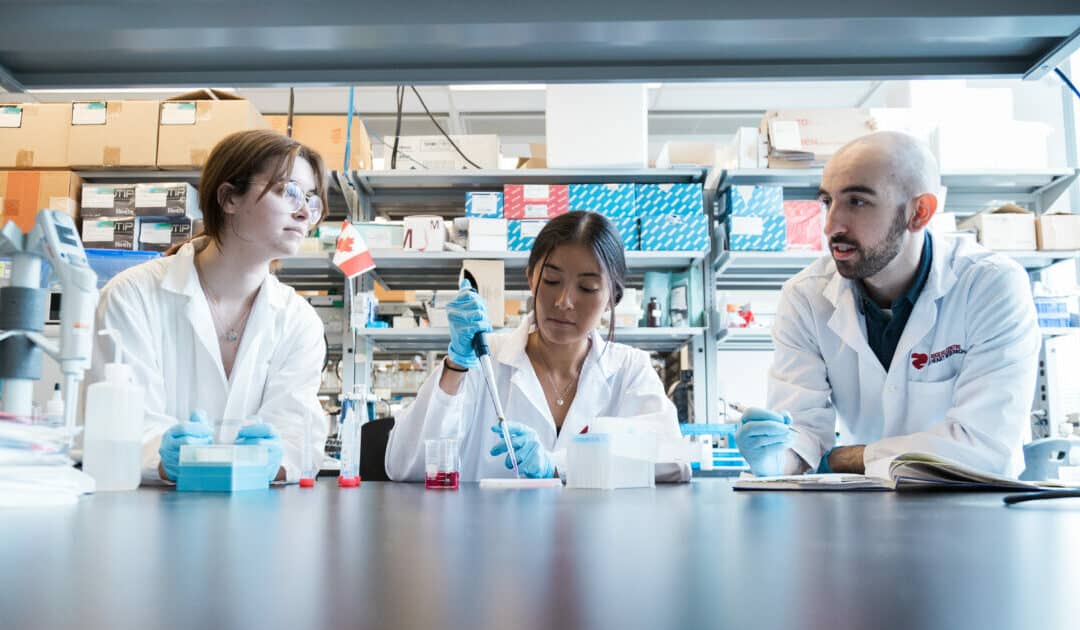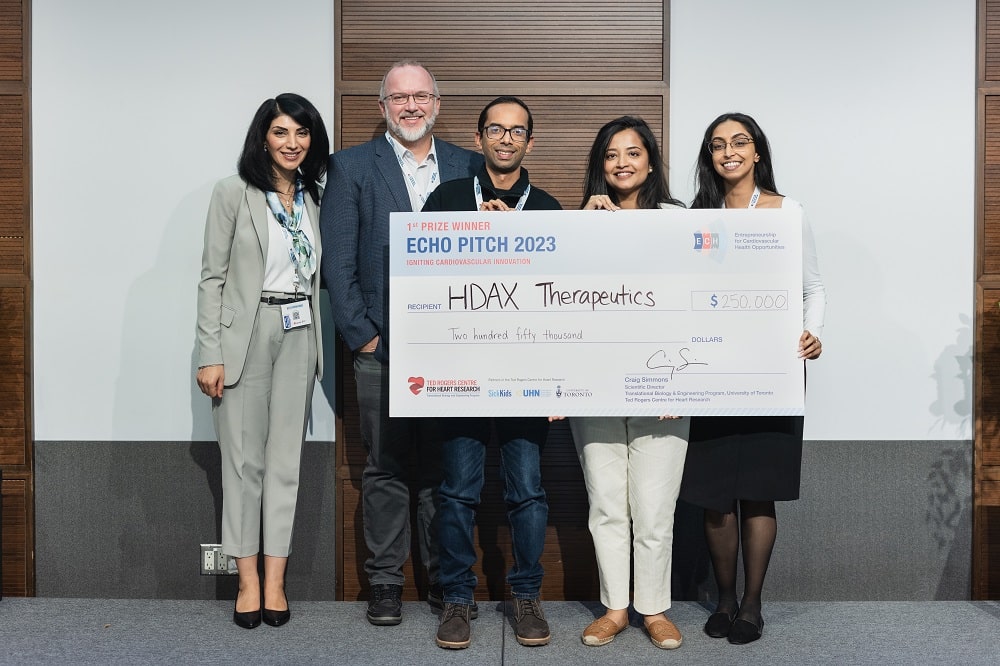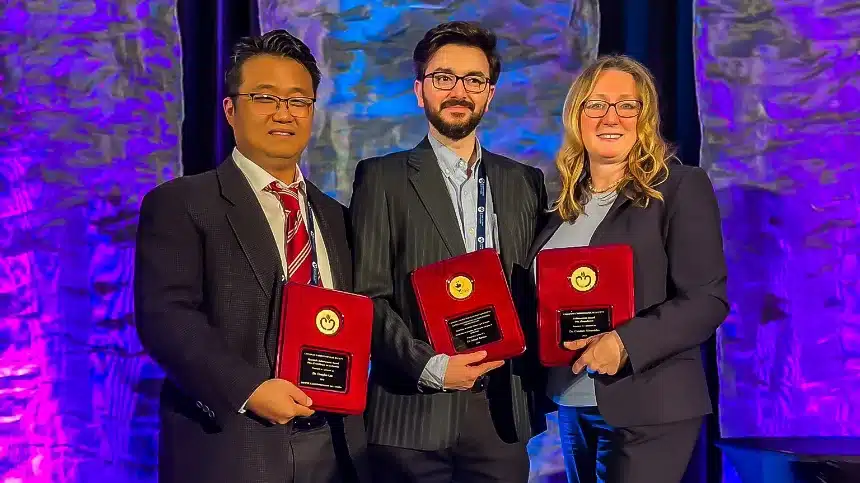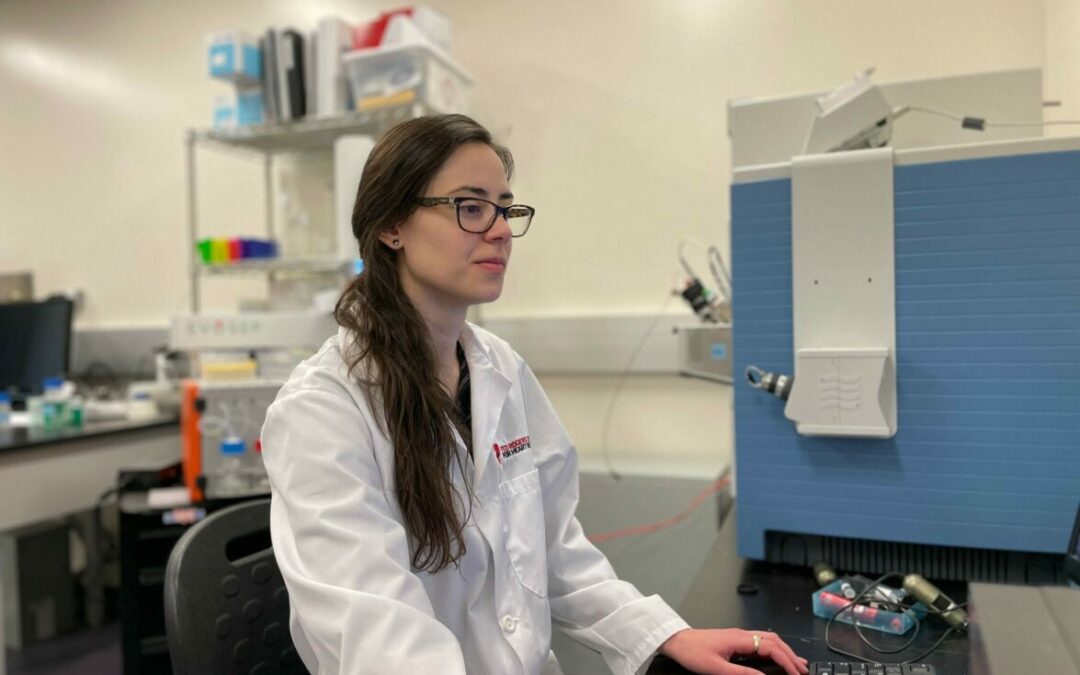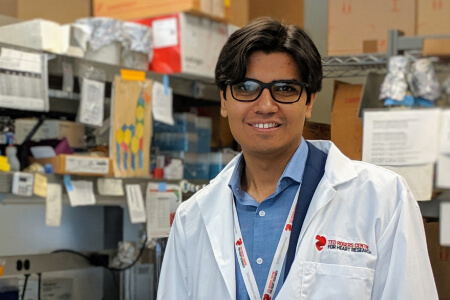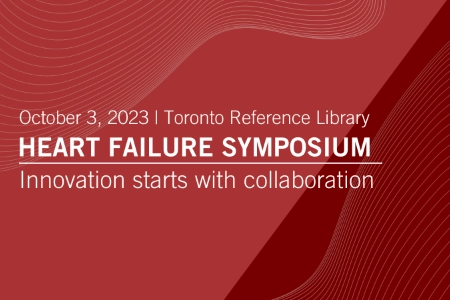Post-Doctoral Fellowship
‘Multicolor’ MRI tracking of multiple cell types in cardiac regenerative medicine
– Rohan Alvares (Supervisor: Hai-Ling Margaret Cheng, U of T)
Stem cells have the potential to restore heart function by forming the functional cells responsible for the beating and pumping motion of the heart. However, to safely transition such a technology into patients, detailed information is needed to assess the success of the stem cell treatment. To achieve this end, a method must be used to somehow “see” the implanted stem cells despite them being visually inaccessible once they have been surgically deposited at the site of heart injury. We have proposed the introduction of reporter genes into stem cells to identify them when imaged using magnetic resonance imaging (MRI). Each stem cell will then be able to manufacture certain proteins that elicit a unique MRI signal, thereby allowing them to be distinguished from the vast number of other cells present in the body. Overall, the proposed technology will provide valuable information on the success of a stem cell treatment by informing us on stem cell survival after injection, the formation of and the type of new heart cells, and the time it takes for these processes to occur. This information enables us to optimize stem cell treatments to ensure the effective restoration of cardiac function.
The role of embryonic-derived cardiac macrophages in the initiation of heart failure
– Sarah Dick (Supervisor: Slava Epelman, UHN)
Macrophages (MF)s are innate immune cells found in all tissues throughout the body. They play a central role in regulating the balance between inflammation/tissue damage and tissue repair/regeneration following injury. Using genetic tracing techniques we have identified a number of MF populations that reside in the adult heart. The majority of these are embryonically-derived (from yolk sac progenitors), while the remainder are adult MFs derived from circulating monocytes (produced in the bone marrow). We believe MF origin drives MF function and that post-myocardial infarction (MI), adult MFs promote pathologic inflammation that leads to a loss of embryonic MFs and heart failure development. We are investigating the mechanisms by which embryonic MFs control tissue repair so that we may exploit novel therapies that prevent MF-driven tissue damage while simultaneously promoting MF-driven cardiac repair.
Elucidating mechanisms for paradoxical sympathetic excitation during exercise in heart failure and the impact of conventional exercise training to inform future patient-specific protocols
– Daniel Keir (Supervisor: John Floras, UHN)
Two abnormalities that predict shorter lifespan in heart failure (HF) patients are excessive stimulation of the sympathetic nervous system (which releases noradrenaline, increases heart rate, salt and water retention, and constricts blood vessels) and limited exercise capacity. In a previous study we established that HF patients with highest calf muscle sympathetic activity at rest had the lowest capacity to exercise, suggesting that these two HF abnormalities are linked. Next, we demonstrated that calf muscle sympathetic nerve activity during moderate cycling exercise is reduced in middle-aged controls but increased in HF. This supports the concept that excess sympathetic vasoconstriction within active muscle limits exercise in HF. The aim of this fellowship is to examine the specific reflex mechanisms for contrasting sympathetic exercise responses, their functional impact and their potential modification by exercise training.
Profiling of signaling cascade changes in heart pathology through phosphoproteomics
– Uros Kuzmanov (Supervisor: Anthony Gramolini, U of T)
Identification of genetic defects that can result in cardiovascular disease (CVD) has revealed only a limited subset of molecular mechanisms of cardiomyopathies that can result in decreased cardiac function and ultimately in heart failure (HF). Our motivation is to understand the changes in the molecular signaling mechanisms of cardiac muscle cells in CVD and HF by identifying alterations in protein phosphorylation events by well-established phosphoproteomic and bioinformatic techniques in mouse models of CVD and clinical samples. We are convinced that elucidation of clinically relevant signaling cascades is key to developing more effective markers and therapeutics.
Heart failure management in pregnancy – the role of advanced MRI for materno-fetal hemodynamic monitoring
– Davide Marini (Supervisor: Mike Seed, SickKids)
Using cardiac magnetic resonance (CMR), we are studying heart failure in fetuses with congenital heart disease (CHD) and in pregnant women with pre-existing heart disease. Specifically, we are assessing the impact of CHD on brain development and maturation during fetal and neonatal life. We hypothesise that impaired cerebral perfusion and oxygenation resulting from CHD affects cerebral development during this critical period of brain growth and hope to develop neuroprotective strategies based on a better understanding the relationship between heart failure and neurodevelopment. In addition, we are investigating adaptation to the increased demands placed on the cardiovascular system by pregnancy in women with heart disease, and the impact on fetal oxygenation and growth. Our preliminary findings indicate that even in the setting of significant ventricular dysfunction and valve disease, women with biventricular hearts are able to successfully perfuse the placenta and fetus through dramatic cardiac remodelling, while the Fontan circulation is associated with reduced cardiac output and fetal growth restriction. Our findings may account for the adverse pregnancy outcomes associated with single ventricle physiology, and provide the basis for more comprehensive maternal-fetal hemodynamic monitoring during pregnancy.
Development of novel devices and methods to evaluate the cardiac activity of pharmaceuticals
– Li Wang (Supervisors: Yun Sun, SickKids, Jason Maynes, U of T)
The recent generation of functional human heart cells from induced pluripotent stem-cells (iPSC-CMs) facilitates the study of heart disease in a human cell type, containing a human genetic background and with the same protein functionality as the human heart. Patient-derived iPSC-CMs have been utilized to investigate the mechanisms of cardiomyocyte dysfunction associated with heart disease, and the applicants have utilized these cells to discover and validate heart failure therapy targets. However, the use of iPSC-CMs as vehicles for disease testing and therapy discovery is limited by the inability to properly measure the complex activities of the cells as needed for heart function. We propose to produce the first platform technology that can comprehensively measure the cardiac physiology (cardiomyocyte beating rate, rhythm, and contractility in human-derived tissue). We aimed to develop a carbon nanotube (CNT)-based membrane device array for the quantification of cardiac physiology under both spontaneous and stimulated conditions and apply the CNT device arrays and analysis algorithms to measure iPSC-CM functions.
PhD
Therapeutic monoclonal antibodies to detect and halt TTR-related cardiac amyloidosis
– Natalie Galant (Supervisor: Avijit Chakrabartty, UHN)
Transthyretin (TTR) is an abundant serum protein that normally forms soluble, stable homotetrameric complexes. Mutations and unknown pathological conditions can favour TTR tetramer dissociation into non-native monomers which aggregate and accumulate as amyloid throughout the body, particularly in the heart. We have recently developed conformation-specific monoclonal antibodies (mAbs) which can potentially treat cardiac amyloidosis via their ability to recognize and bind to the disease-associated forms of TTR via a cryptotope. We are investigating the mechanism of mAb-mediated fibrillogenesis inhibition using high resolution imaging techniques to help support the use of mAbs to target pathological protein conformations as potentially effective immunotherapies.
Utilization of myocardial viability testing in ischemic heart failure
– Juarez Braga (Supervisors: Douglas Lee, Heather Ross, UHN)
Cardiac imaging tests are often used to detect myocardial viability and select the best candidates with ischemic heart failure for coronary revascularization. However, it is not clear if management decisions based on an imaging strategy translates into better clinical outcomes. We are using a hybrid study design by enriching provincial administrative databases with clinically detailed patient information to determine if viability testing can enable personalized treatment of patients with heart failure and coronary disease. A real-world, populational study will determine the optimal role of myocardial viability testing and guide the use of costly resources in daily clinical practice.
Biowire platform for modelling cardiac fibrosis
– Yimu Zhao (Milica Radisic, U of T)
Drugs are routinely withdrawn from the market due to serious toxicities and adverse cardiovascular effects. As such, my project is to developed the 3D tissue culture platform, a human cardiac tissue array using cardiomyocytes derived from human induced pluripotent stem cells (hiPSC-CMs) that 1) captures the physiological hallmarks of the adult human myocardium, 2) is situated in inert plastic and 3) enables on-line non-destructive readouts of contractile force and Ca2+ transients, and the collective ion channel behaviour. As a result, the platform generates high fidelity human ECTs with structural and functional maturation hallmarks that can be used as an in vitro drug testing platform.
Summer 2016
Proteomic analysis of cardiac PMCA4b overexpression before and after onset of heart failure
– Colin White-Dzuro (Supervisor: Mansoor Husain, UHN)
The effects of pregnancy on maternal cardiac function and materno-fetal hemodynamic interactions in women with pre-existing heart disease as assessed by cardiac MRI
– Ioana Stochitoiu (Supervisors: Mike Seed, SickKids, Rachel Wald, UHN)




